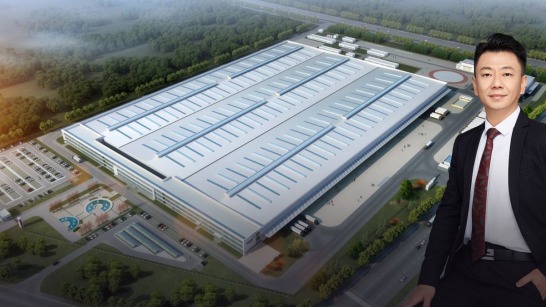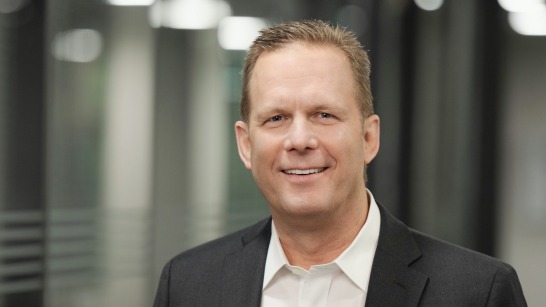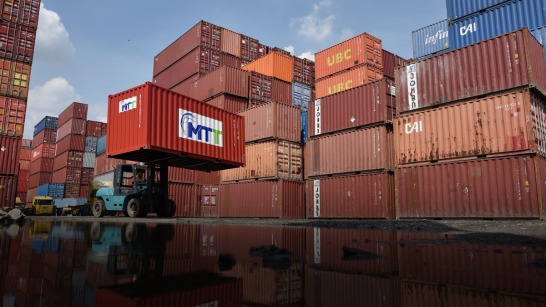
Intralogistics at Ports: Trucks in Use around the World
The world’s ports provoke wanderlust, and are exciting and sometimes romantic places. With seagulls circling overhead, while cargo ships come into the berths and tons of freight cross the quayside, adventures get started. If the transport routes of container ships are the lifelines of globalization, the world’s ports are its heart. The KION Group and its brands with high-performance trucks play an essential part in keeping this heart beating and ensuring that world trade continues. We will show you where and how the trucks are used around the world. Our journey will take us from Germany to Malaysia, from shipyards to cruise ships and right through to the world’s freight ports.
2022-01-20
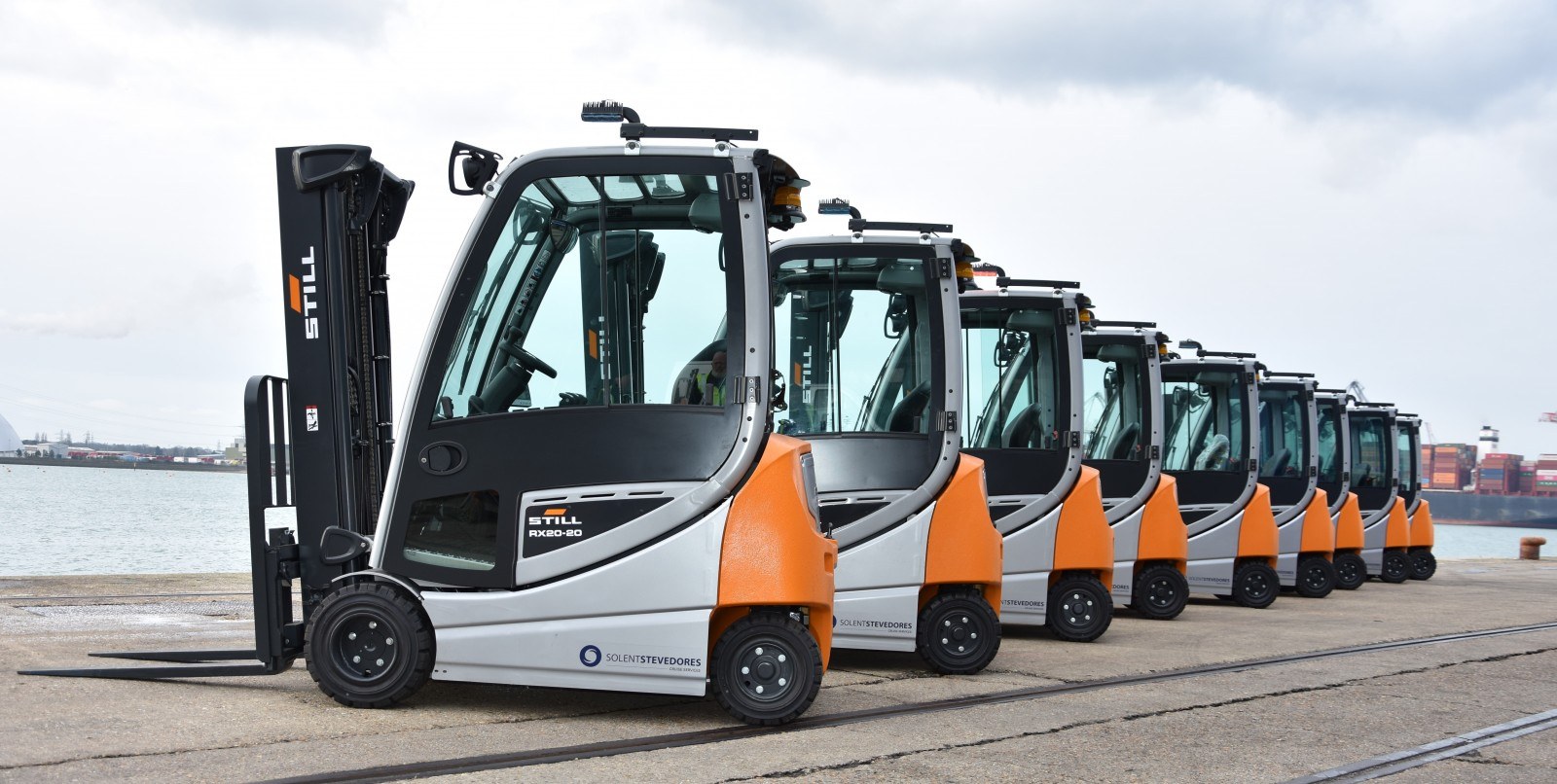
.jpg)

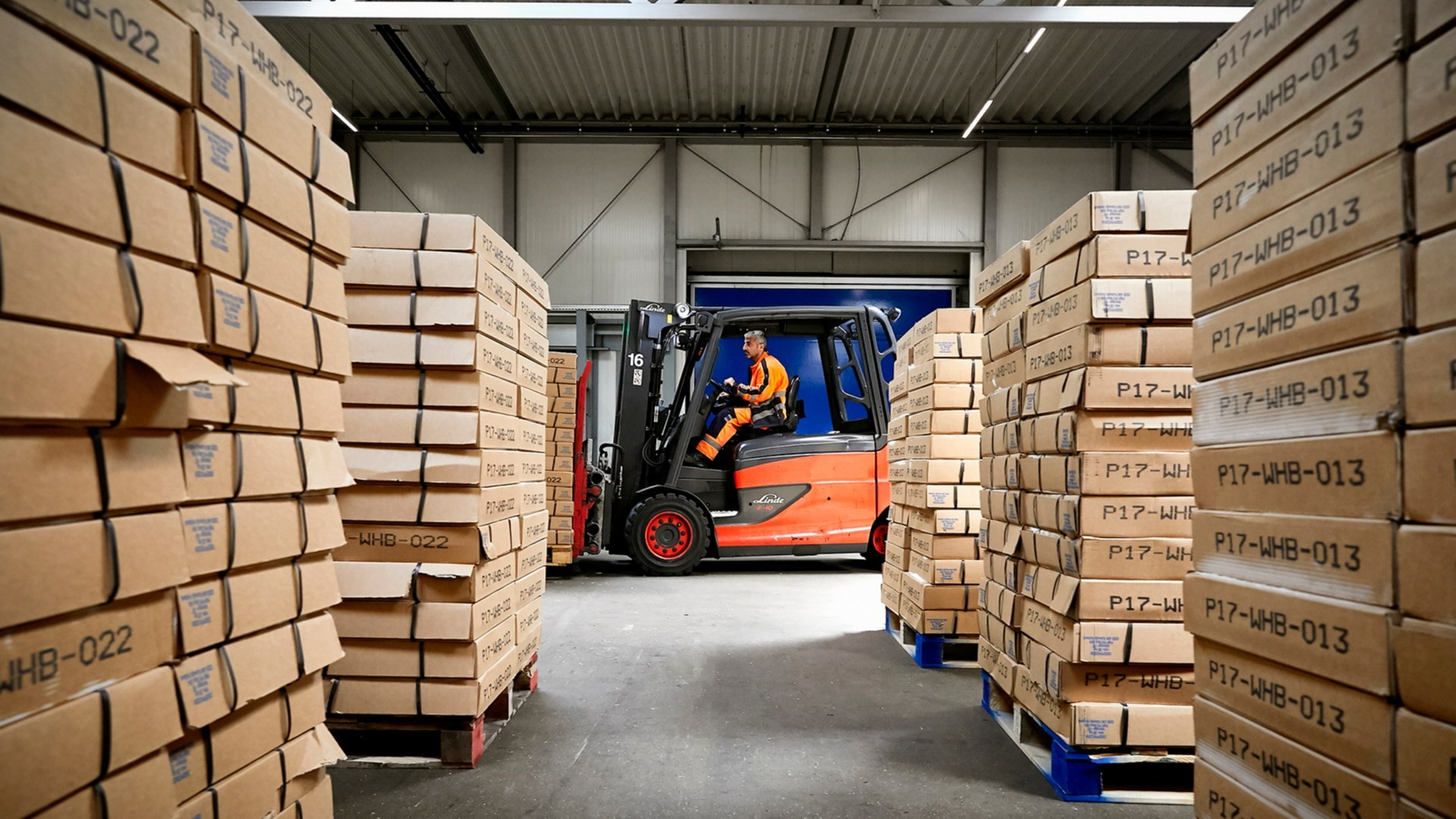

.jpg)
